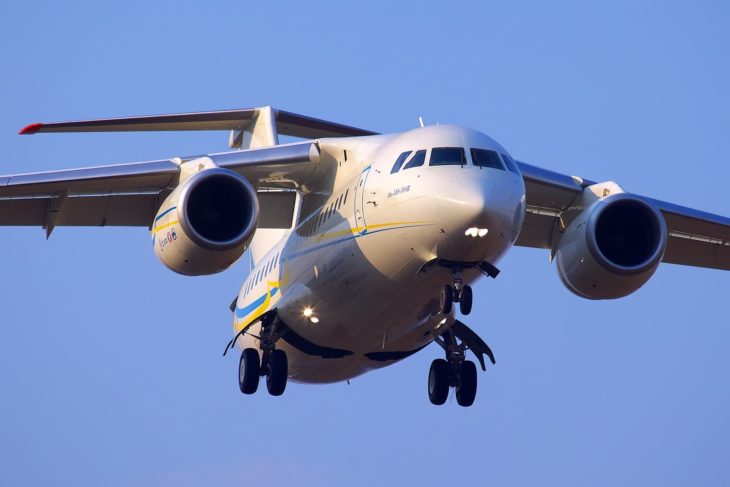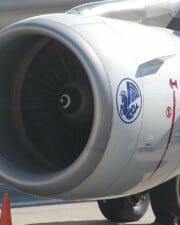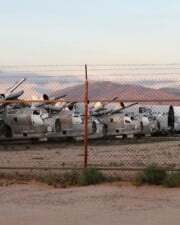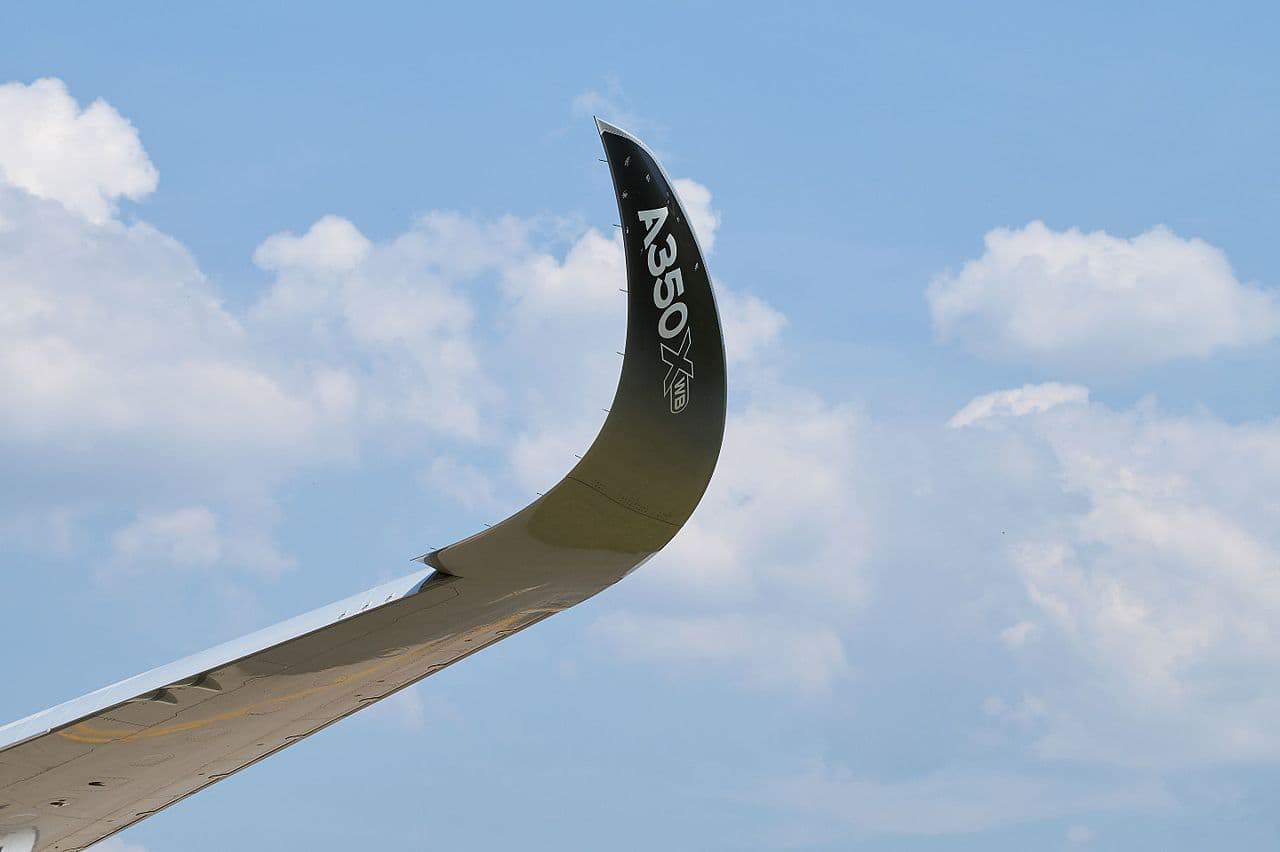There has been a terrible accident, the pilot and copilot are dead, and the call goes out to the passenger cabin – “Can anyone land this plane?” Wouldn’t it be nice to be the action movie-esque figure who is able to stand up, save the day, and land the plane with the utmost cool?
Table of Contents
Can a Passenger Land The Place In an Emergency?
Well, almost certainly not. For one thing, action films and parodies aside, the aforementioned event has never actually occurred. For another, landing a plane successfully is an incredibly complex process that involves computers, accounting for crosswinds, glide paths, the flaps, and much more.
So did a passenger ever land a plane?
In a word, no.
And with good reason.
As Stephen Fry points out in answering this question on an episode of QI, not only has this never actually happened, but in an American simulation done with recreational pilots, not only were none able to safely land the plane, few could operate the controls properly.
One would-be pinch pilot accidentally turned off the radio. Another couldn’t even operate the seat.
So, suffice it to say that a lot more goes into successfully landing a plane than what the movies would have one believe.
Do Airplanes Land on Autopilot?
A natural response to the above might be to wonder, well, what about autopilot?

While that may seem like a natural solution, as noted by Paul Robinson, a CEO with AeroTech Research, in a CNBC article on the capabilities of autopilot systems and their relation to flying and landing planes, landing is actually one of the few things autopilot can’t handle on its own.
An autopilot system is just what it sounds like, a computer that automates many of the processes associated with flying. The pilots don’t “stop” flying the plane per se. Rather, autopilot ensures that they don’t have to be “hands on” with every aspect of the job at every moment.
However, landing a plane involves many different variables, including accounting for crosswinds, the speed of descent, weather conditions, and more, all of which make it impossible for a computer to handle things on its own.

How Do Airplanes Land?
With the limits of autopilot established, let’s return to how pilots land a plane.
The typical landing process includes:
- Maintaining the Proper Speed: How fast is a plane going when it lands? While there is some variation between different plane models and when the flaps are engaged, as noted by Flight Deck Friend, a fully-loaded Boeing 747 lands with a speed of between 166 and 172 mph.
- Reduce Speed: A successful landing means a smooth one, and thus gradual slowing down via descent and friction once the landing gear comes in contact with the runway. That speed reduction is the product of reducing thrust, inducing more drag, and causing friction with the landing gear and brakes.
- Landing Maneuvers: Different planes will use different maneuvers to accomplish these goals. For example, the pilot of a fixed-wing plane will typically execute a round-out, flare, or similar maneuver so as to achieve a better angle.
- Wheels First: Crucially, the wheels of the plane must hit the ground first and at just the right angle for the landing to be successful. Some aircraft land with its main wheels, while planes with a “tricycle” setup land with all free wheels at once.
- Accounting for Crosswinds: In addition to all of that, variable speed of the crosswinds hitting the plane need to be considered so as to ensure the plane lands at the right angle.
Can a Plane Land on Water?
That said, the key word there is “typical.” Anyone who has ever been on an airplane before will be familiar with the concept of a “water landing.” Safety manuals and instructions describe the “unlikely” event to passengers, and typically tell them their seats can be used as a “floatation device.”
These incidents are extremely rare, the most famous recent example by far being Chelsey Sullenberger’s heroic water landing in 2009. A flock of Canadian geese flew into the engines, costing the plane all its engine power.

Faced with the prospect of crashing into New York streets or ditching into the Hudson River, Sullenberger chose the latter, saved everyone onboard, and went on to be portrayed by Tom Hanks in a movie about the plane incident.
The incident is all the more remarkable given the fact that, according to a Business Insider article on water landings, pilots spend hardly any time reviewing the protocol for a water landing given how unlikely it is. Key factors in “ditching” for a successful water landing include:
- The size of the waves; the larger they are, the more dangerous the landing
- Keeping the wings as level as possible
- Maintaining as steady an angle as level as possible
- Maintaining as smooth a descent as possible
- Weather conditions and visibility
Related Posts











